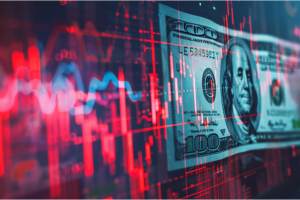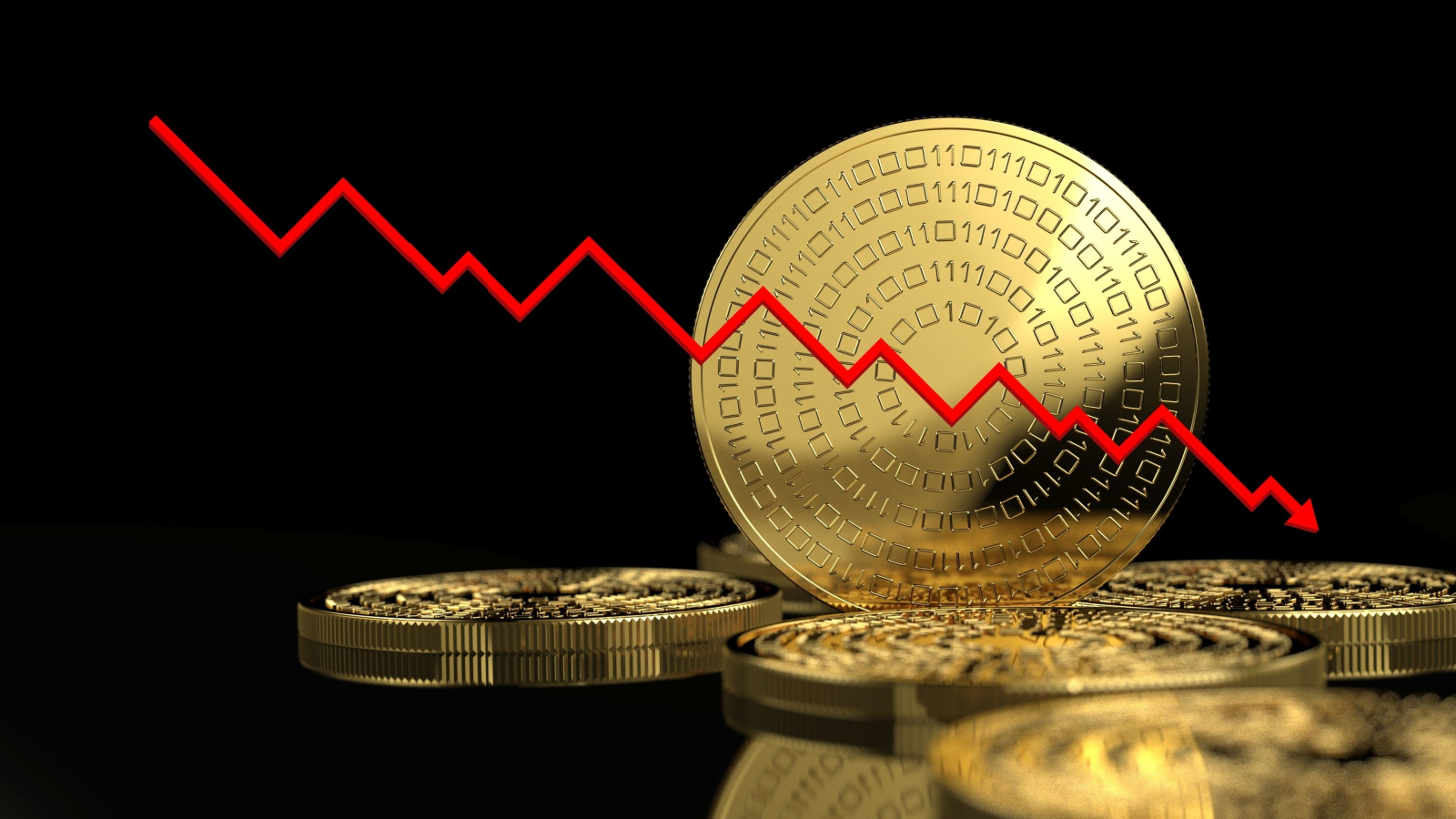
The crypto market continues to move mostly sideways and slightly lower over the past month. September has historically been a difficult month for Bitcoin (BTC-USD) which tends to serve as a barometer for the market overall. That suggests that this month is likely to be marked by continued losses on average. In turn, weaker cryptos could crash completely. This has led to the emergence of cryptos to sell.
That means investors would do well to jettison the weakest performers within their portfolios before worse comes to worst. Conversely, there will be opportunities to pick up stronger cryptos at discounted prices.
That said, even as positive signs including the increasing likelihood of Bitcoin ETFs emerge, September remains a time to sell your losers.
Pepe (PEPE-USD)
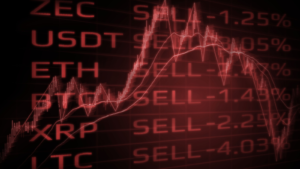
Pepe (PEPE-USD) was popular for a brief moment in time. The meme coin is based on the Boy’s Club comic strip. Its now iconic frog mascot has been co-opted to lead in movements including the Hong Kong protests and the Alt-right movement. Unsurprisingly, it was then chosen as the basis for a completely uninspiring meme coin that was dropped onto the cryptocurrency market back in April.
It did what trendy meme coins are known to do: Returned astounding gains for the earliest investors, quickly reached a peak, and then broke the hearts of a lot of idiots. Frankly, you’d have to be an idiot to put your money behind Pepe at this point. The only way to justify it now is that it has the potential to sporadically jump in value unprompted by anything anyone can readily identify. In other words, its only chance to produce gains is a roll of the dice.
There’s no utility in Pepe. September is tough on crypto. Don’t waste your money on Pepe, even a small amount. This clearly makes it one of those cryptos to sell.
Shiba Inu (SHIB-USD)
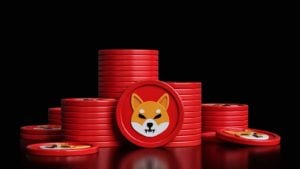
Shiba Inu (SHIB-USD) is the supposed antithesis of Dogecoin (DOGE-USD) and a killer thereof. It doesn’t do anything different in reality. Instead, it co-opts Dogecoin’s fame as the pioneering meme coin and has carved out a strange place on that marketing message.
The only positive thing that can be said about Shiba Inu is that it has been successful in establishing that position. The fact that it garners a market capitalization of $4.7 billion is pretty astounding no matter how pointless the entire project is. Kudos for that but it’s increasingly clear that investors understand that Shiba Inu’s moment in the sun is drawing to a close.
It has lost 33% of its value over the past year. I suspect that’s only going to increase in September. Why not just sell Shiba Inu? Even if it has cost you there’s no legitimate reason to believe in the project. It’ll cost you more the longer you hold it. Take the remaining investment and place it into a crypto project that is actually building something with real utility. Anything. Just not Shiba Inu.
Sei (SEI-USD)
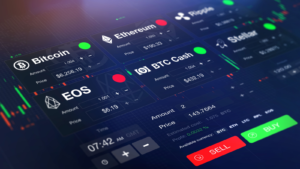
The Sei (SEI-USD) Foundation released its blockchain onto the mainnet in its beta phase on August 15. For a brief period of roughly 24-48 hours, there was a chance to make some quick gains. Those who stick with Sei moving forward are likely to end up suffering losses.
Thus, the same advice I gave regarding Shiba Inu applies to Sei: Cut your losses, pull out your investment, and invest it into a cryptocurrency that is building a network with utility. It’s incredibly difficult to sift through the marketing mumbo jumbo used to sell Sei to unwitting investors. That’s exactly why you shouldn’t buy it. The more convoluted and buzzword-dense the explanation of crypto is, the more likely it is to be a flat-out scam. All in all, it’s one of those cryptos to sell.
Most of the commenters on Coinmarketcap in the discussion section aren’t mincing their words: They’re bearish and repeat the word ‘scam’ over and over. Upstart crypto projects of dubious origins rely on positive sentiment to pump their prices higher. Sei clearly doesn’t have that going for it which is why owners should dump it immediately.
On the date of publication, Alex Sirois did not have (either directly or indirectly) any positions in the securities mentioned in this article. The opinions expressed in this article are those of the writer, subject to the InvestorPlace.com Publishing Guidelines.




